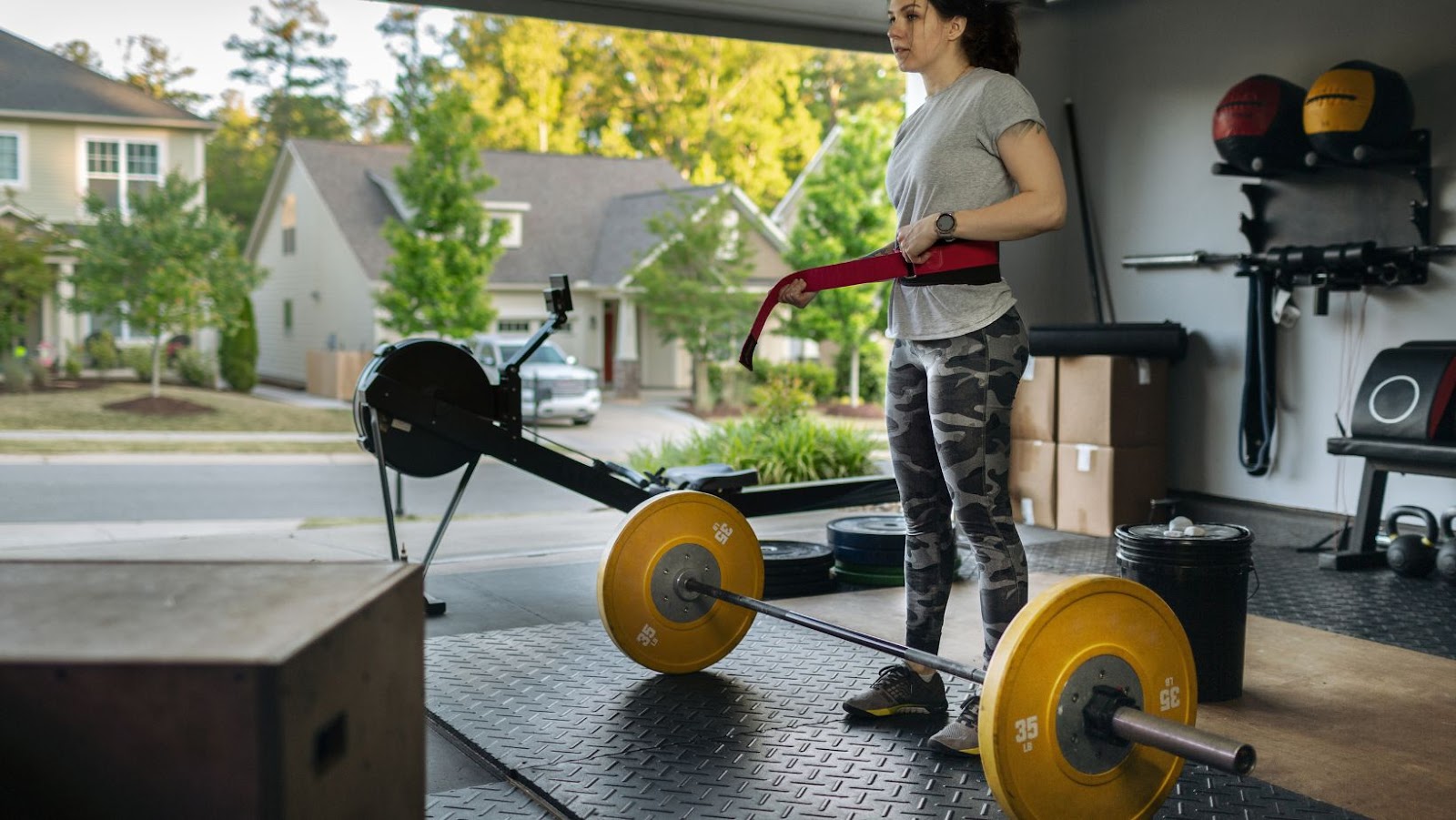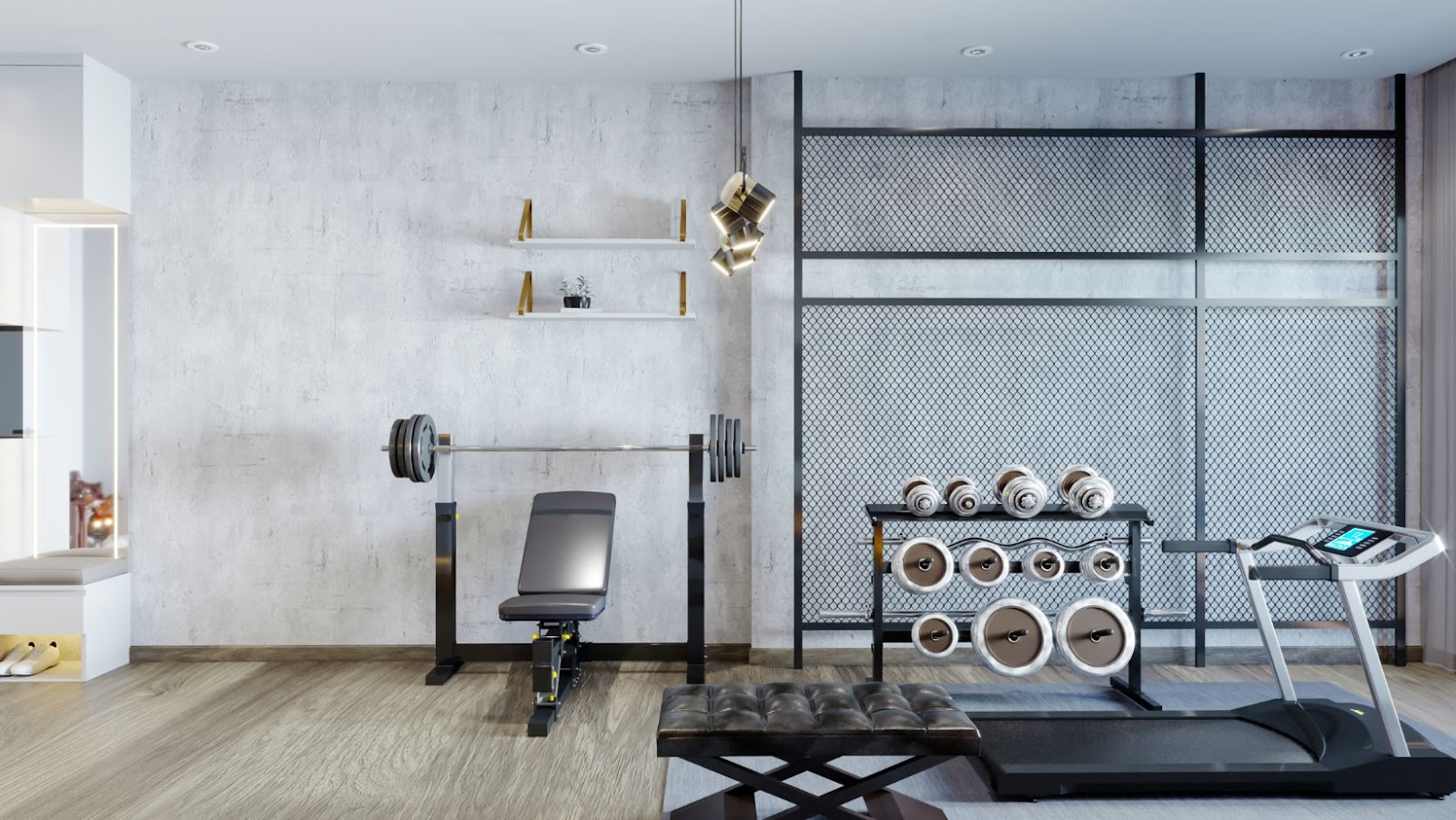Home gyms offer unmatched convenience, allowing individuals to exercise anytime without commuting. This flexibility enables quick workouts, making it easier to fit fitness into busy schedules. With no travel time, more people can maintain consistency in their exercise routines.
Owning a home gym reduces ongoing workout expenses. While initial setup costs vary, eliminating gym membership fees, travel expenses, and incidental costs such as attire can lead to long-term savings. Financial benefits grow over time, maximizing the return on investment.
Privacy and personalization are significant advantages. Users can exercise in comfortable environments without concerns about others watching or waiting for equipment. Decorating the space with personalized touches enhances motivation and enjoyment, leading to better workout experiences.
A home gym supports diverse workout options. Different equipment caters to various fitness styles, from strength training with dumbbells and benches to cardio with treadmills and bikes. Such variety accommodates multiple exercise preferences and promotes comprehensive fitness.
Creating a dedicated workout space fosters a healthy lifestyle. It encourages regular physical activity by integrating fitness seamlessly into daily life. This integration helps individuals achieve their fitness goals more effectively, transforming their health and well-being.
 Key Considerations For Designing A Home Gym
Key Considerations For Designing A Home Gym
Designing a home gym involves evaluating pivotal factors to create a functional and inspiring workout space. Optimizing available resources plays a crucial role in forming a well-rounded home gym setup.
Allocating appropriate space ensures a smooth workout experience. Traditional home gyms often require areas like basements, garages, or spare rooms, but creativity allows conversion of small spaces, such as alcoves or unused corners, into efficient workout zones. Consider room dimensions; ensure sufficient clearance for equipment such as treadmills or weight benches.
Planning a budget helps manage expenses effectively. Home gyms can range from minimal, affordable setups to high-end systems. Identifying core needs guides the selection of investments, balancing quality and cost. Allocating funds to essential items like flooring and storage supports a sustainable and effective workout environment.
Selecting suitable equipment aligns with fitness goals. Beginners often start with basics like dumbbells and resistance bands. For diverse routines, include multi-functional apparatus like adjustable benches or home gym systems. Quality and frequency of use should guide purchases, ensuring equipment matches workout plans and personal needs.
 Popular Home Gym Design Ideas
Popular Home Gym Design Ideas
Incorporating popular design strategies can transform a home gym into a motivating and effective workout environment. Detailed below are notable design concepts that cater to different preferences and needs.
A minimalist design focuses on simplicity and functionality. It utilizes clean lines, neutral color palettes, and open floor space. Essential equipment like dumbbells, resistance bands, and yoga mats suffices for varied workouts. Minimalist spaces often include wall mirrors to increase natural light and create the illusion of a larger area. Compact storage solutions keep equipment organized without clutter.
Multi-functional spaces integrate exercise areas with other home activities. They adapt easily, providing versatility in small or shared spaces. Folding or collapsible equipment like treadmills and portable weight benches allows quick setup and storage. Custom cabinetry doubles as workout and entertainment storage, seamlessly blending fitness into daily life. Design elements like sliding doors or curtains can separate gym zones from living areas when needed.
High-tech gyms feature advanced equipment and digital integrations for dynamic workouts. Smart machines offer personalized training programs and interactive feedback. Virtual classes on wall-mounted screens bring professional guidance to any home. Intelligent lighting systems adjust ambiance to improve focus and motivation. Using fitness tracking devices alongside high-tech setups helps monitor progress and optimize routines, making technology-driven gyms both innovative and effective.
Creating a home gym is more than just setting up equipment; it’s about designing a space that reflects personal fitness goals and lifestyle. With the right balance of functionality and style, anyone can transform an area into a motivating workout environment. Whether opting for a minimalist setup or a high-tech haven, the possibilities are endless. By considering space, budget, and personal preferences, individuals can craft a gym that not only meets their fitness needs but also enhances their daily routine. As home gyms continue to evolve, they offer a unique opportunity to integrate health and wellness seamlessly into everyday life.